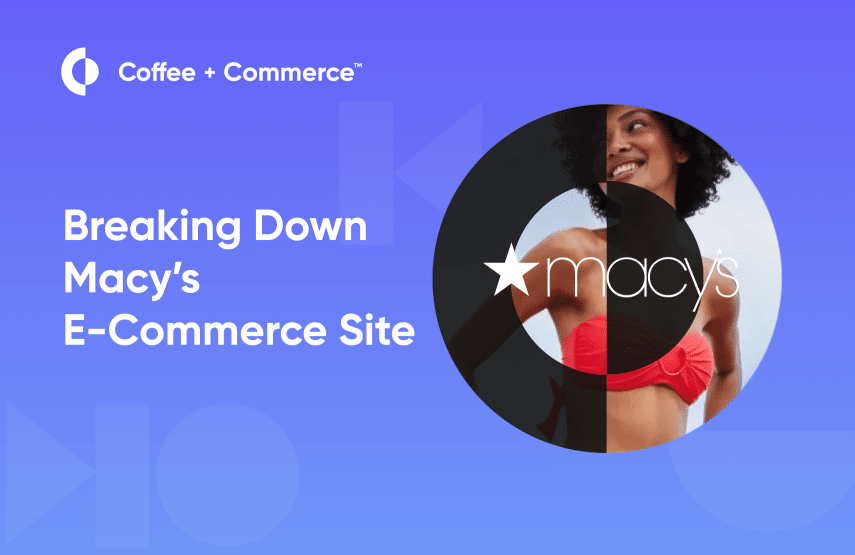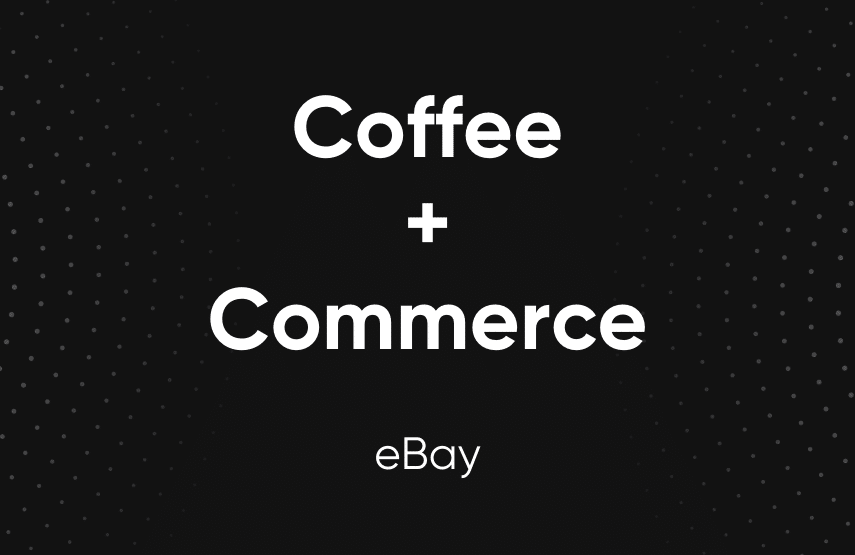Breaking Down Target’s E-Commerce Site [Video]

In this episode of Coffee + Commerce, we break down Target’s e-commerce site with Faisal Masud and Libby Chennell. Faisal is our CEO at Fabric and was previously the director of AmazonBasics and CTO at Staples. Libby was previously a product and enterprise strategy manager at Target where she delivered a $120M private label business and analyzed opportunities to gain market share.
Target is the eighth-largest retailer in the United States and grew online sales from $1.38 billion in Q3 2019 to $3.51 billion in Q4 2020, an increase of about 154%. Despite this increase in online sales, there are still many opportunities for optimizations on Target’s e-commerce site that Faisal and Libby uncover in this episode.
By directing the points highlighted in this episode, Target and other retailers can grow e-commerce even more than they did in 2020.
Key Takeaways
[0:06] Have a clear strategy for product discovery.
Target’s strategy for product discovery is life events and occasions. When Libby arrives on Target’s homepage, she notices that Target is surfacing products for the Easter holiday: everything from pink-colored skateboards to bunny-shaped dog treats.
[1:17] Let shoppers add products to their cart in one click.
It takes Libby about six clicks to add the pink-colored skateboard to her shopping cart after seeing it on the homepage. This is because Target’s homepage and category pages are not dynamic. Static images are used for promotions rather than dynamic content.
[2:02] Simplify online delivery, shipping, and pickup.
Compared to Amazon, Target has a complex system for giving customers different options to receive the items they want. For instance, for the pickup option, Target tells Libby that she can pick the skateboard up in-store but the store is not her “home store.”
[2:28] Make promoted items available for shipping.
Some items that Target is promoting for Easter are not available for shipping. You must select the free pickup option or expensive same day delivery option. This may be leading to a significant drop in conversions.
[3:07] Break free from UX restrictions created by old software.
Target uses HCL Commerce (previously IBM Websphere} as its e-commerce platform. When looking at the product detail pages (PDPs), cart page, and checkout page, it seems like Target is struggling to create an intuitive user experience due to platform restrictions.
To make changes based on these recommendations and upgrade your e-commerce site, a headless commerce setup is vital. This makes it easy to add new e-commerce functionality and features while maintaining full control over site experience. To learn more about this modern approach to e-commerce, check out Fabric.

Content marketer @ fabric. Previously marketing @ KHON-TV and Paramount Pictures.





